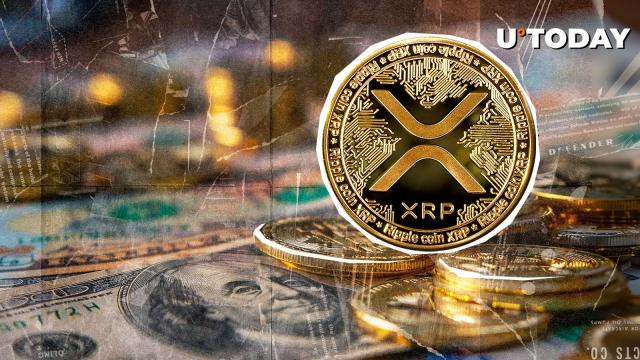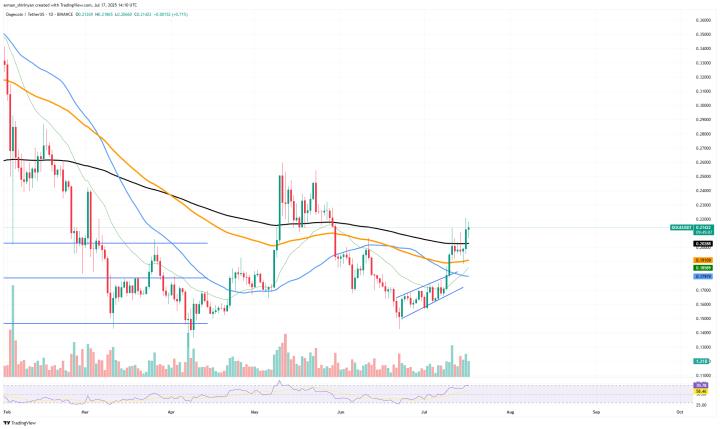Chainfeeds Briefing:
The market is at a decision point, with the key level to focus on being the cost basis of short-term holders, which typically outlines the bullish and bearish market structure. Chinese version compiled and published by Jinse Finance.
Article Source:
https://www.jinse.cn/blockchain/3712974.html
Article Author:
glassnode
Perspective:
glassnode: Bitcoin's price surged to $94,700 due to optimistic sentiment about potential easing of US-China tariff tensions. The price temporarily recovered the short-term holder cost basis, a key midpoint for distinguishing between bear and bull market phases. The profit supply percentage rose from 82.7% to 87.3% when BTC last traded at similar price levels. This indicates that nearly 5% of the supply changed hands recently. The STH profit/loss ratio reached 1.0, suggesting many recent buyers are at break-even, a level typically associated with exit risk. Realized profits also significantly increased, primarily driven by short-term investors locking in gains. Futures open interest increased by 15.6%. However, despite higher market trading, funding rates turned negative, indicating rising short interest. After weeks of low activity and reduced liquidity, the market finally responded positively to broader macro catalysts. Following optimistic signals from the US government about potential tariff relief on Chinese imports, both stock and cryptocurrency markets rose. For Bitcoin, this rally briefly crossed a critical on-chain threshold: the short-term holder (STH) cost basis. This model reflects the average purchase price of recent token buyers and typically serves as a key pivot level. Historically, sustained breaching of this price model marks the transition between bearish correction periods and renewed bullish sentiment. However, similar to the period between July and September 2024, this move has so far only led to a temporary recovery of the STH cost basis. This suggests emerging optimism but not yet a confirmed full market shift to bullish. As more investors return to meaningful unrealized investments, sustained strength above this level could enhance market confidence. Another indicator of Bitcoin returning to a significant decision area is the STH supply profit/loss ratio, which recently spiked near 1.0. This indicates short-term supply is more evenly distributed between profit and loss, creating a more balanced sentiment for this group. This structure is crucial; in previous bear markets, the STH-P/L ratio traded far below 1, with this level acting as a resistance ceiling. Whenever this indicator retests 1.0 from below, it often correlates with local tops as investors begin exiting positions and suppressing momentum. If the market can convincingly recover this level and trade above 1.0, it would signal a more robust recovery. Monitoring the ratio's trading in the coming weeks, especially in conjunction with realized profit-taking behavior, can help assess whether the market is rebuilding a more constructive recovery from this correction.
Content Source







